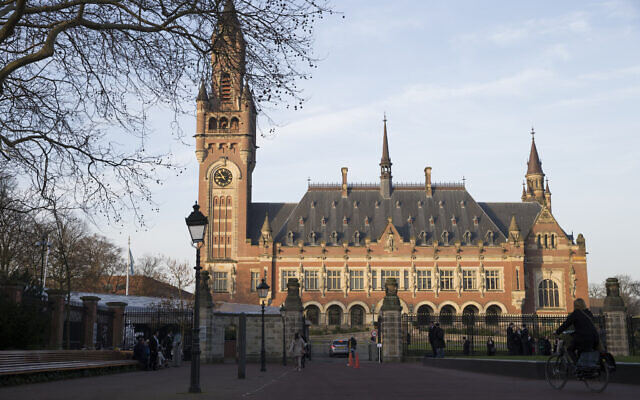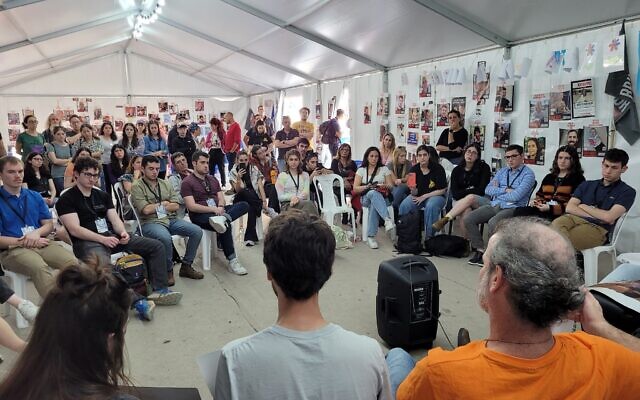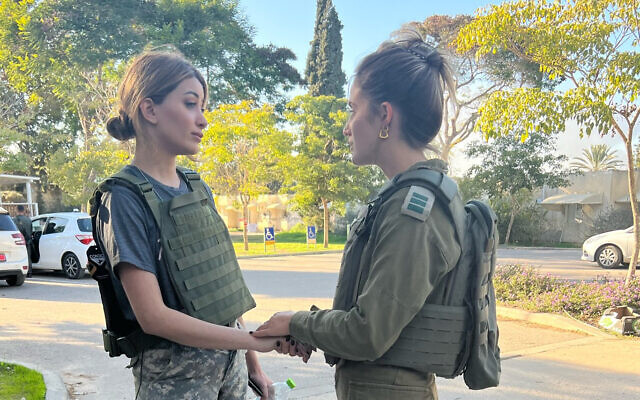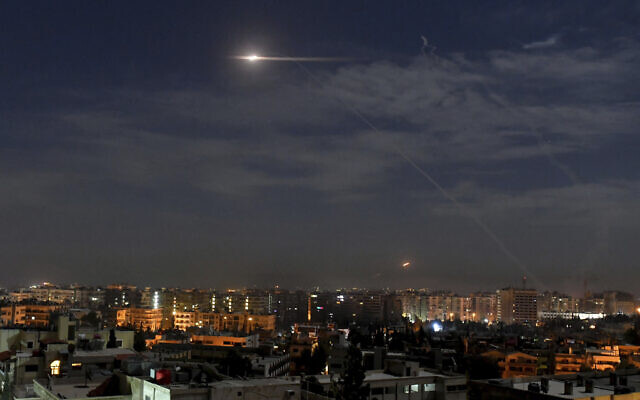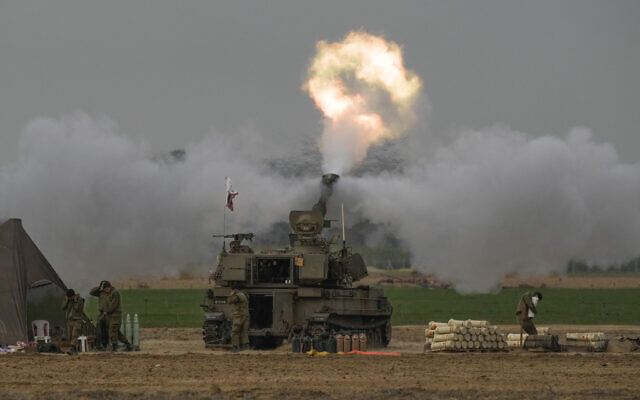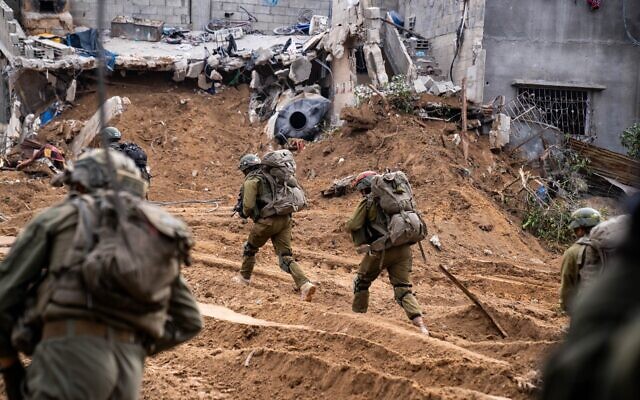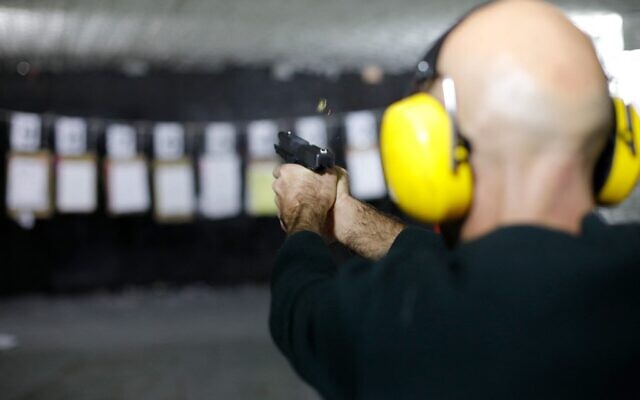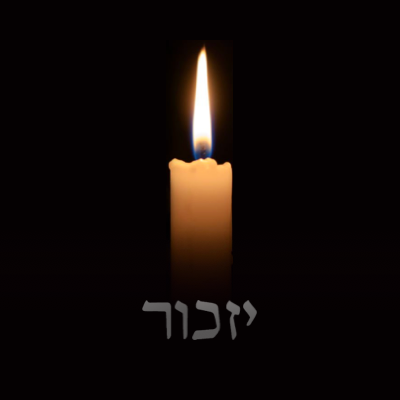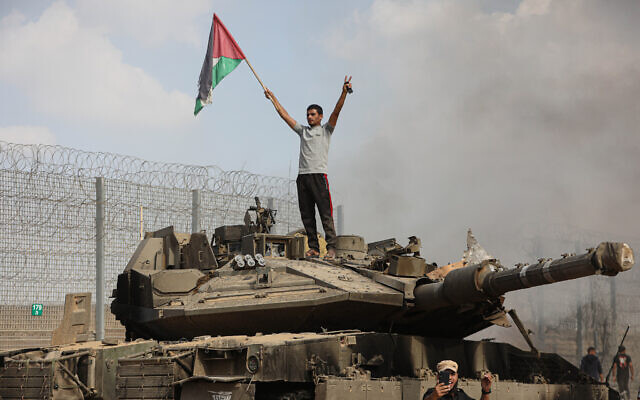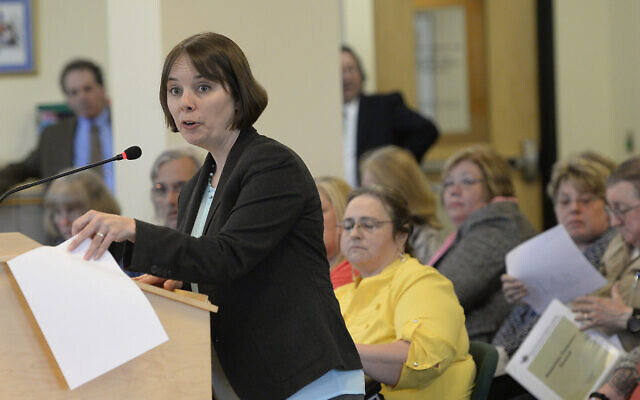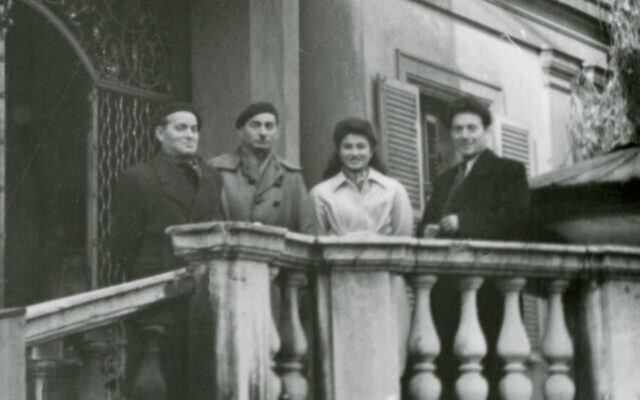|
In harrowing detail, NYT reports on weaponization of rape, sexual violence on Oct. 7
Publication uncovers new information, devastating testimony, on systemic targeting of women and girls, use of sexual assault and mutilation during savage Hamas onslaught in Israel

In a comprehensive, horrifying exposé published on Thursday, The New York Times detailed the systematic sexual violence against Israeli women and girls employed by Palestinian terrorists during Hamas's unprecedented October 7 rampage through southern Israel.
The two-month investigation includes interviews with more than 150 witnesses, medical personnel, first responders, soldiers, rape counselors, and government officials, along with the scanning of video footage, photographs and GPS data from cell phones.
The piece begins with the description of a harrowing video that circulated widely in the days after Hamas's monstrous assault on southern Israel that Saturday morning. The footage, filmed in the early hours of October 8, shows the partially charred remains of a woman whose face is burned beyond recognition, and who is naked from the waist down, legs spread, her black dress hiked up. Her body is lying beside a car that was set alight on Route 232, which runs parallel to the Gaza Strip, where many people trying to flee the outdoor Supernova festival near Kibbutz Re'im were massacred by Hamas terrorists. Some 360 of the 1,200 people slaughtered that day were from the rave.
The woman in the video was later identified as Gal Abdush, a 34-year-old mother of two from central Israel, who attended the Supernova festival with her husband, Nagi Abdush, 36. Police say they believe Abdush was raped before she was murdered and her body set alight. It took about a week to identify her, according to the report. Her husband's body was found days later, and was so badly burned that authorities needed DNA testing to identify him.
The New York Times said it identified at least seven locations across southern Israel where women and girls were apparently sexually abused or mutilated. Those the paper interviewed described finding the bodies of more than 30 women in and around the Supernova rave site and in two nearby kibbutzim in a similar state as Abdush's — "legs spread, clothes torn off, signs of abuse in their genital areas."
Photographs viewed by The Times included ones of a woman in a besieged kibbutz who was found with dozens of nails driven into her thighs and groin. Footage viewed by the newspaper showed two dead Israeli soldiers at an overrun military base apparently shot directly in their vaginas.
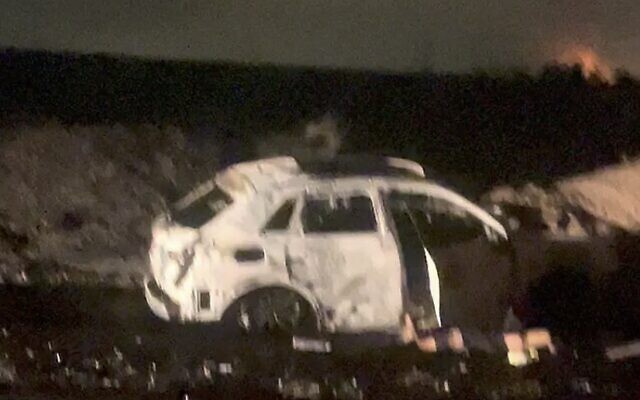
A paramedic from a commando unit told the newspaper he had found the bodies of two teenage girls, sisters aged 13 and 16, in a room in Kibbutz Be'eri with their clothes ripped. One was lying on her side with "bruises by her groin," and the other "was sprawled on the floor face down," the paramedic said, "pajama pants pulled to her knees, bottom exposed, semen smeared on her back."
Another medic, Jamal Waraki, a volunteer for the nonprofit ZAKA emergency response team, told The Times that he could not get an image out of his head of the body of a woman he found at the rave.
"Her hands were tied behind her back," he said. "She was bent over, half naked, her underwear rolled down below her knees."
Yinon Rivlin, a member of the rave's production team who lost two brothers in the attack but managed to survive after hiding, told The New York Times that after he emerged from his hiding place, he made his way along Route 232 — where Abdush was found — and came upon the body of a young woman lying on her stomach, unclothed from the waist down, legs spread, and who appeared to have been sliced open in her vaginal area, "as if someone tore her apart."
Similar scenes were discovered in at least six different houses in the Be'eri and Kfar Aza kibbutzim, where at least 24 bodies of women and girls were found either stripped, tied up with zip ties or mutilated — sometimes all three — according to eight volunteer medics and two Israeli soldiers who spoke to The Times.
One witness from the rave told the publication that roughly 100 terrorists congregated along the road where the festival took place, passing weapons and badly wounded women amongst one another.
The witness said she saw at least five women raped in front of her while she tried to hide.

Another witness, who agreed to be identified as Raz Cohen, told The Times that as he was hiding in a dried-up streambed near Route 232, he saw a white van pull up and men in civilian clothes jump out, dragging a woman out of the vehicle.
"They all gather around her… She's standing up. They start raping her. I saw the men standing in a half circle around her. One penetrates her. She screams. I still remember her voice, screams without words."
"Then one of them raises a knife," he said, "and they just slaughtered her."
Shoam Gueta, a friend of Cohen's who was hiding with him, told the newspaper that he saw that the men were "talking, giggling and shouting," and then one of them stabbed the victim repeatedly, "literally butchering her."
At least 10 bodies of female soldiers from a Gaza observation post were found with signs of sexual violence, said a military dentist, identified as Captain Maayan, who works at the Shura military base in central Israel where the bodies were brought for identification.
The vast majority of the women raped were subsequently murdered, but at least three women and one man who were sexually abused survived, according to Welfare Ministry spokesman Gil Horev.
"None of them has been willing to come physically for treatment," he said.
Two therapists treating a woman who was gang raped at the Supernova rave told The Times that she was in no condition to speak with reporters or investigators about what she endured.
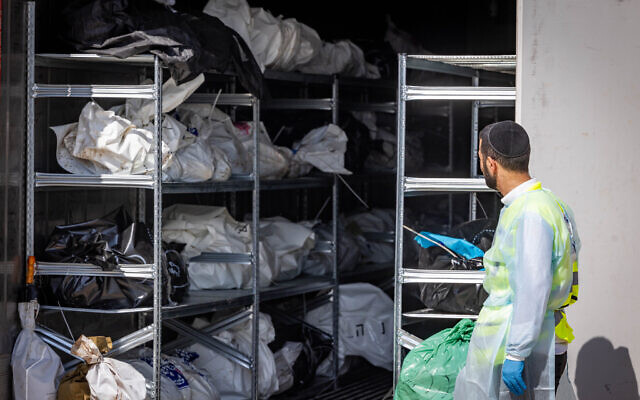
The Times reported, as did The Times of Israel previously, that police are painstakingly putting together the extensive documentation of rape.
|
It also noted, as did The Times of Israel, how medical personnel and security forces were so focused on gathering the unprecedented number of dead for identification and burial that there was no orderly or systematic gathering of rape and sexual assault evidence.
In Judaism, people are buried as soon as possible and funerals are held quickly to start the shiva mourning period. "The result was that many bodies with signs of sexual abuse were put to rest without medical examinations, meaning that potential evidence now lies buried in the ground," the report said.
Mirit Ben Mayor, a police chief superintendent, told The New York Times she believed the brutal atrocities committed by Palestinian terrorists against Israeli women and girls on October 7 marked a combination of "the hatred for Jews and the hatred for women."





